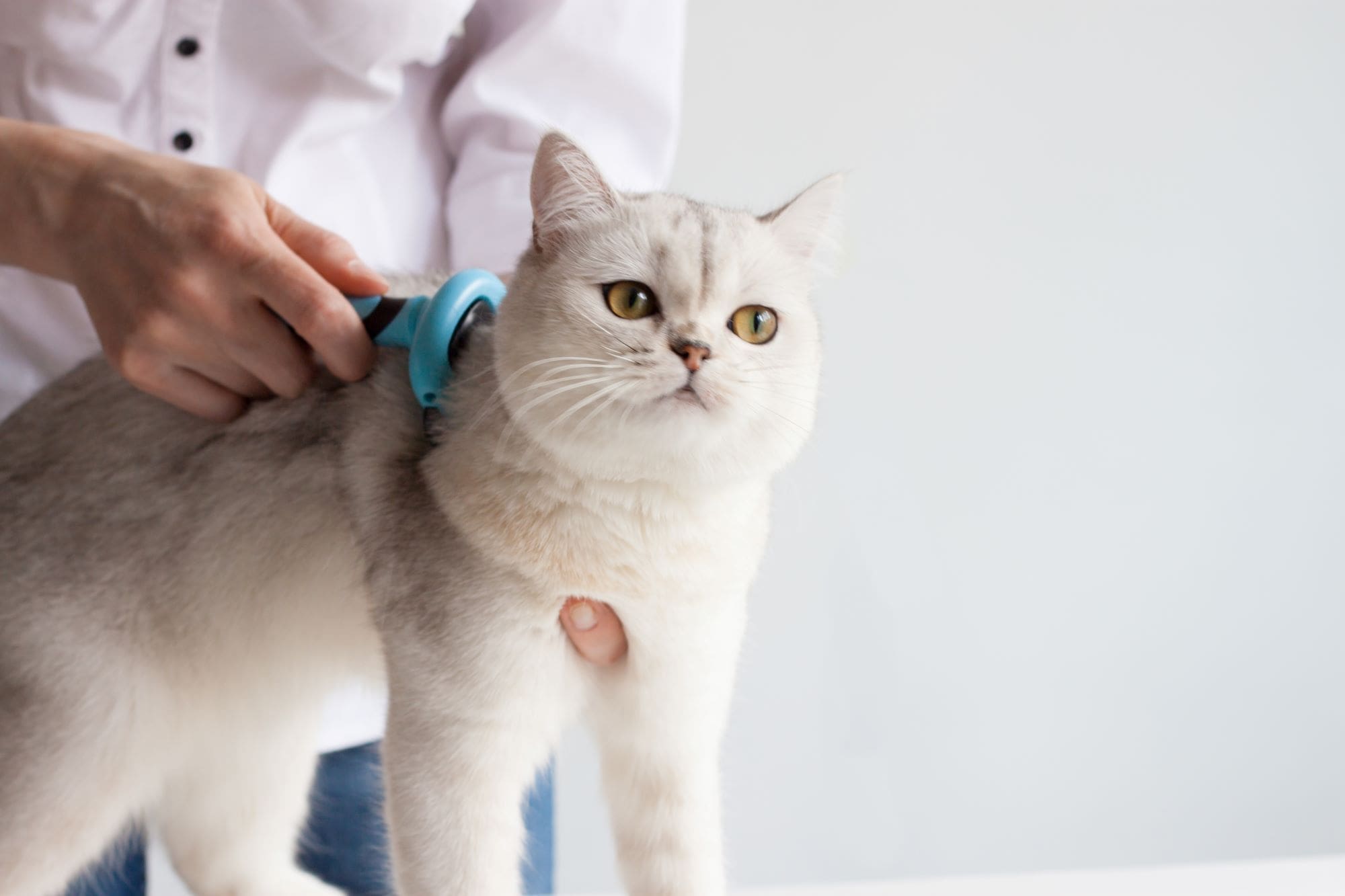4 Key Pet Health and Wellness Tips to Keep in Mind

Pet health and wellness is paramount for a happy and healthy pet. So, how do you achieve it? Fortunately, there are a lot of ways you can ensure your pet is receiving all the health and wellness needs they deserve.
From proper nutrition and regular exercise to preventive care. All these measures are fundamental pillars in ensuring your furry or feathered companion’s well-being.
In this article, we will delve into the essential aspects of pet health and wellness, offering insights into providing the best care for your beloved animal friend.
Tips for Pet Health and Wellness
There are several ways to ensure your pet is living a happy and healthy life. Let’s look at them;

1. Proper Nutrition
Nutrition plays a pivotal role in your pet’s overall health and longevity. A well-balanced diet tailored to your pet’s specific needs is essential.
Here’s how you can provide your pet with proper nutrition:
Species-Specific Diet
Different animals have different dietary requirements. Cats, for example, are obligate carnivores, meaning their diet should primarily consist of animal-based protein.
Dogs are omnivores and can thrive on a balanced diet that includes both animal and plant-based foods.
Birds have specific nutritional needs based on their species, so research and provide appropriate foods accordingly.
Commercial Pet Food
Commercial pet food, whether dry kibble or canned, is formulated to meet the dietary needs of pets. Choose high-quality, reputable brands that use real meat and limited fillers or additives.
When shopping for commercial pet foods, ensure that you read the labels carefully. Manufacturers provide important information, like expiry date, ingredients, and appropriate pet. You should also consider your pet’s age, size, and activity level when selecting the appropriate formula.
Homemade Diets
If you prefer to prepare homemade meals for your pet, consult with a veterinarian or veterinary nutritionist to ensure you’re meeting all their dietary requirements. Homemade diets should be well-balanced and contain all essential nutrients.
Homemade foods are actually great for pets as long as you ensure you are meeting the right nutritious levels. I actually make fresh food for my dogs. My online search is full of funny searches. I am always confirming what veggies, legumes, fruits, and other food types are appropriate. And my dogs love the food!
Plus, it saves me money!
Wondering how to stay on budget with pets? Here are 12 Affordable Pet Care Tips to Save on Pet Expenses
Portion Control
You need to be careful not to overfeed your pets. Overfeeding can lead to obesity, which is a common health issue in pets.
Follow recommended portion sizes based on your pet’s age, size, and activity level. Monitor their weight and adjust their diet accordingly.
Fresh Water
Always provide fresh, clean water for your pet. Hydration is crucial for their health, and water should be readily available at all times.

2. Regular Exercise
Exercise is not just about keeping your pet physically fit; it’s also essential for their mental stimulation and emotional well-being. Here’s how to incorporate exercise into your pet’s routine:
Dogs
–Daily Walks: Regular walks provide exercise and mental stimulation. The frequency and duration of walks depend on your dog’s breed and energy level.
– Playtime: Engage in interactive play sessions with toys like fetch, tug-of-war, and hide-and-seek. These activities promote bonding and physical activity.
– Dog Parks: Visiting a dog park allows your dog to socialize with other dogs and run freely in a safe environment.
Cats
– Play with Toys: Interactive toys, such as feather wands, laser pointers, and puzzle feeders, stimulate your cat’s hunting instincts and keep them active.
– Vertical Space: Cats love to climb and explore vertical spaces. Install cat trees or shelves to provide opportunities for climbing and perching.
– Hide-and-Seek: Hide treats or toys around the house for your cat to discover, encouraging exploration and exercise.
Birds
– Flying Time: If you have a pet bird, provide time for them to fly freely in a safe, enclosed space within your home.
– Swinging and Climbing: Birds enjoy swinging on perches and climbing on branches or ropes. Include these in their cage setup.
3. Preventive Care
Preventive care is crucial for detecting and addressing health issues early, ensuring a longer and healthier life for your pet. Here are the essential components of preventive care:

Regular Veterinary Check-ups
Schedule annual check-ups for your pet or more frequent visits for senior pets or those with specific health concerns. Regular exams allow your veterinarian to monitor your pet’s health, detect problems early, and recommend appropriate treatments or preventive measures.
Vaccinations
Keep your pet up-to-date on vaccinations as recommended by your veterinarian. Vaccinations protect against contagious diseases that can be life-threatening for pets.
Dental Care
Dental health is often overlooked but crucial for your pet’s well-being. Brush your pet’s teeth regularly and schedule professional dental cleanings when recommended by your vet.
Parasite Control
Protect your pet from external and internal parasites by using preventive medications. Fleas, ticks, heartworms, and intestinal parasites can pose serious health risks.
Spaying and Neutering
Spaying and neutering not only help control the pet population but also reduce the risk of certain health problems, including reproductive cancers and behavioral issues.
Microchipping
Consider microchipping your pet for identification in case they get lost. Ensure the microchip information is up-to-date.
Grooming
Regular grooming, including brushing, bathing, and nail trimming, is essential for your pet’s comfort and health. It can also help you detect skin or coat issues early.
Weight Management
Maintain a healthy weight for your pet to prevent obesity-related health problems. Consult your veterinarian for guidance on your pet’s ideal weight and dietary recommendations.

4. Mental and Emotional Well-being
Pet health goes beyond physical well-being; mental and emotional health are equally important. Here’s how to support your pet’s mental and emotional well-being:
Socialization
Expose your pet to different environments, people, and animals from an early age to help them become well-adjusted and confident.
Enrichment
Provide mental stimulation through puzzle toys, interactive games, and environmental enrichment. Rotate toys regularly to keep them engaged.
Positive Reinforcement Training
Use positive reinforcement methods to train and communicate with your pet. Reward-based training builds trust and enhances the bond between you and your pet.
Conclusion
Pet health and wellness encompass proper nutrition, regular exercise, and preventive care. By addressing these fundamental aspects of pet care, you can ensure a long, happy, and fulfilling life for your pet.
Remember that your pet’s health and well-being are a shared responsibility, and the love and care you provide contribute significantly to their overall quality of life.

